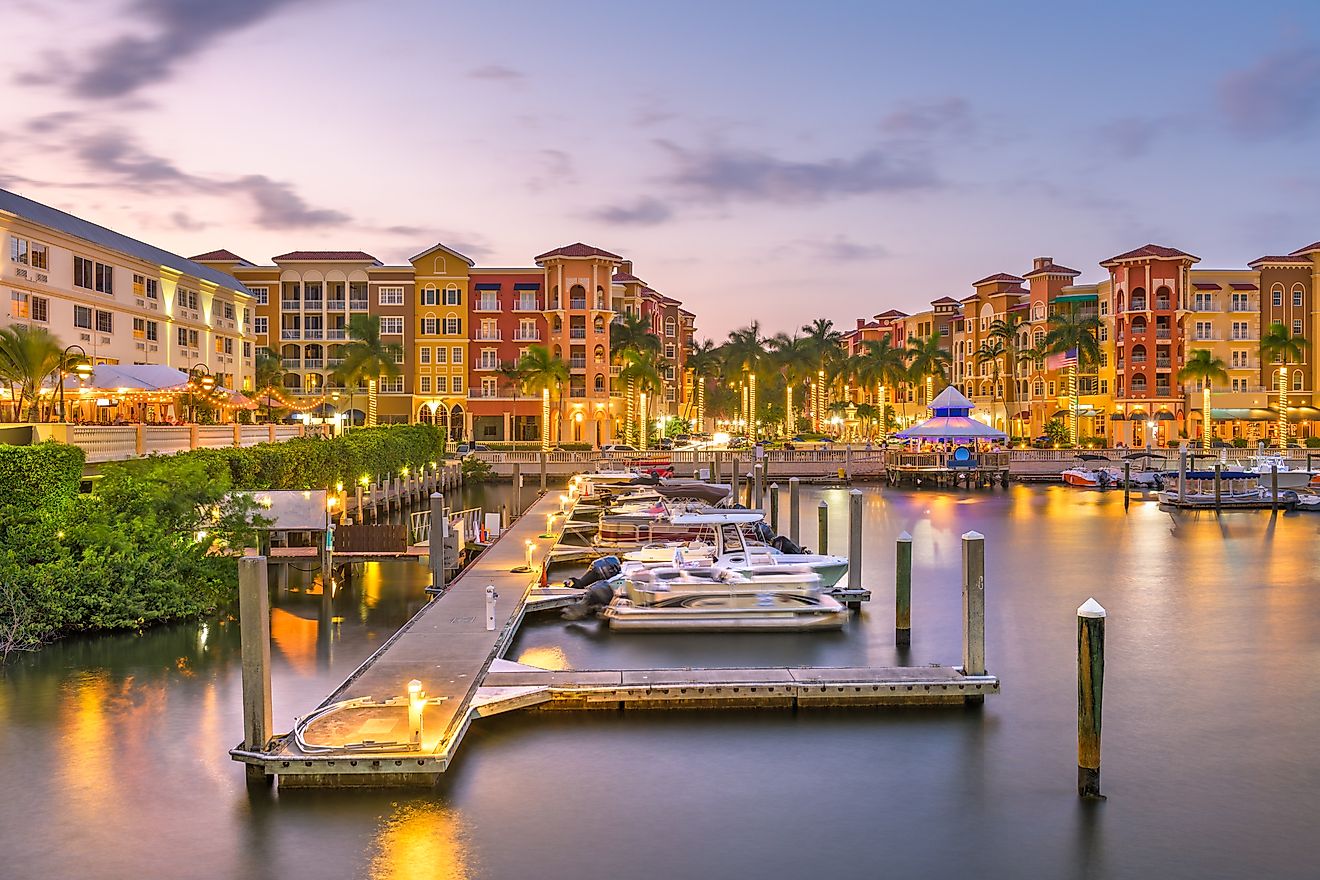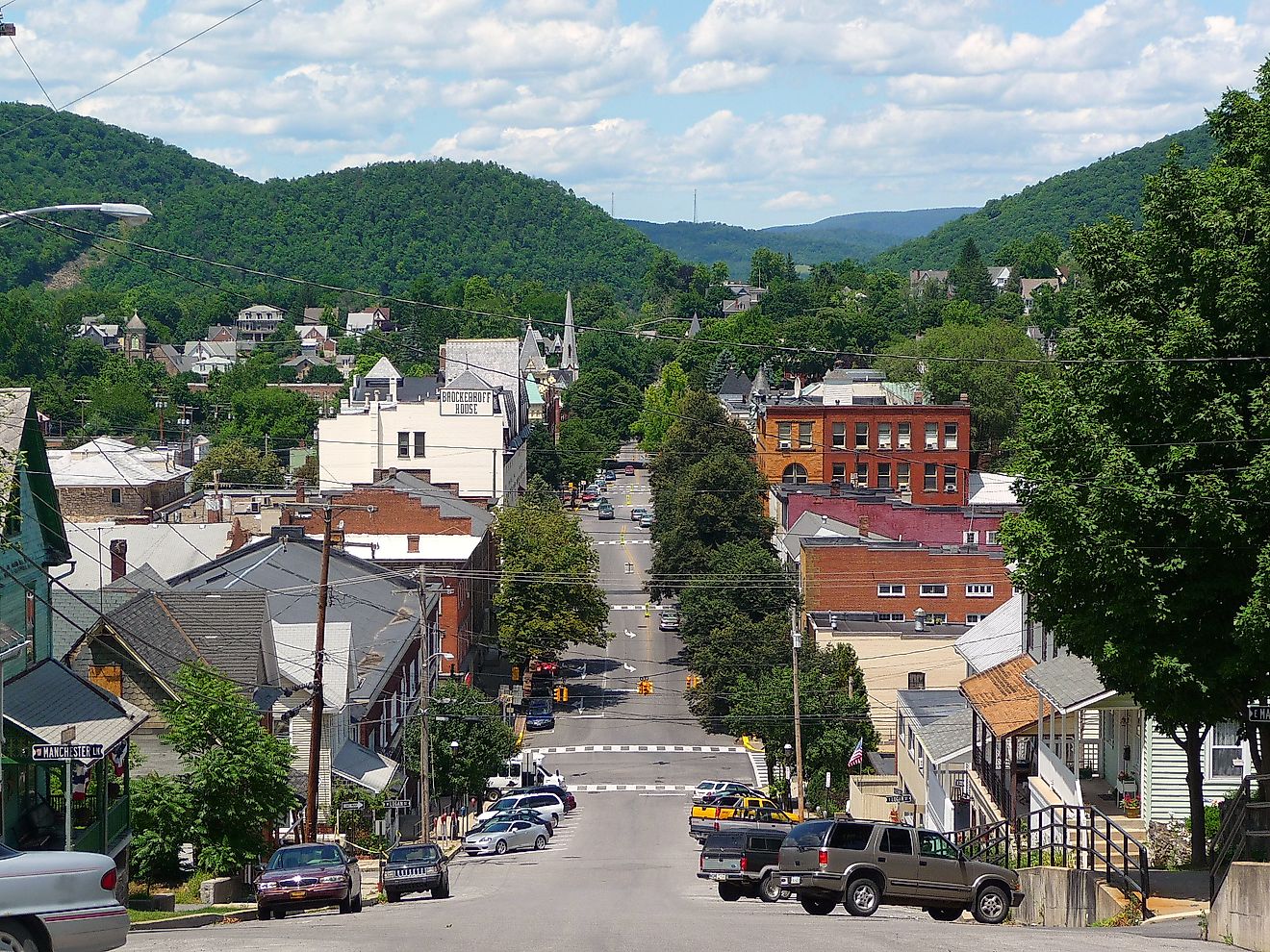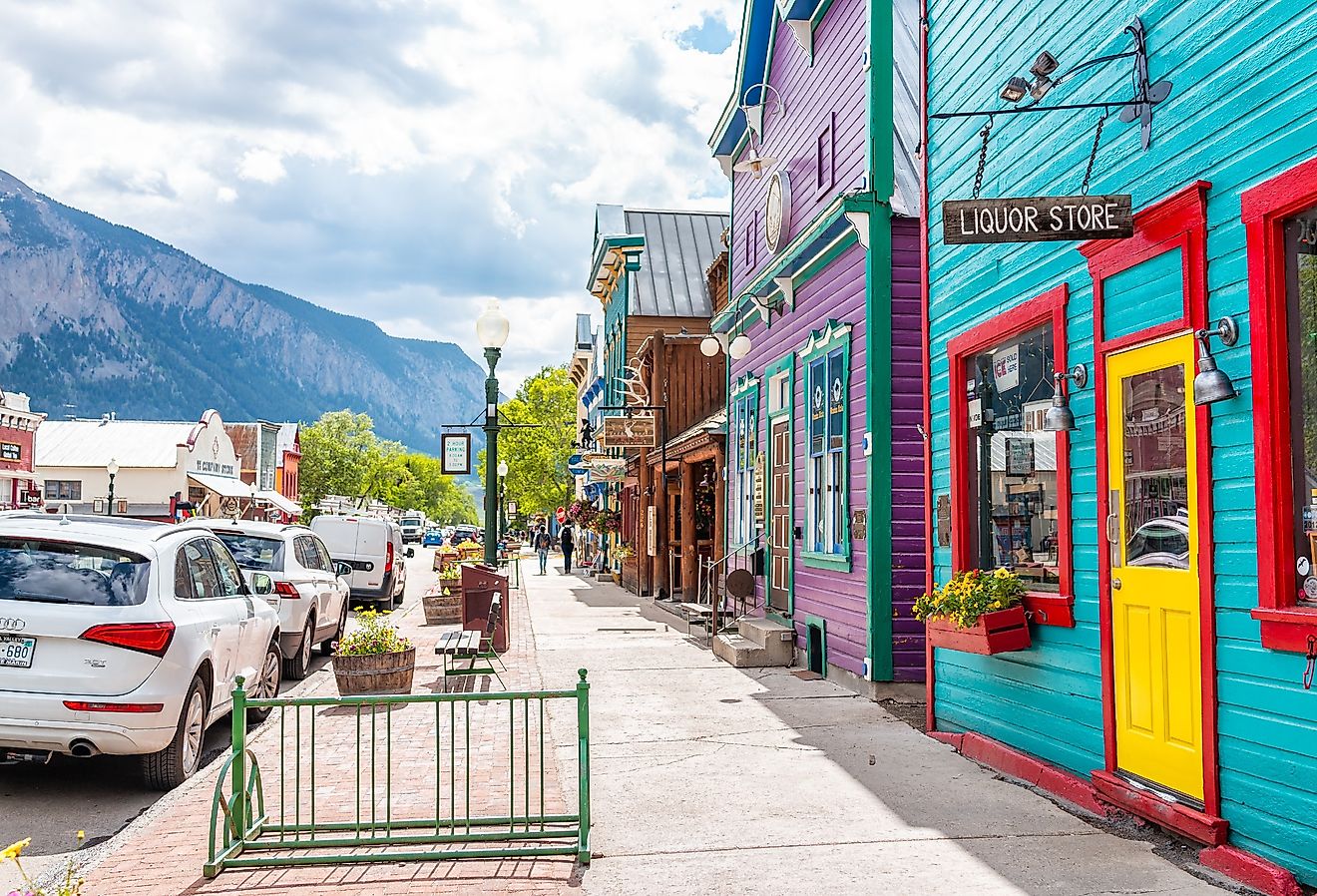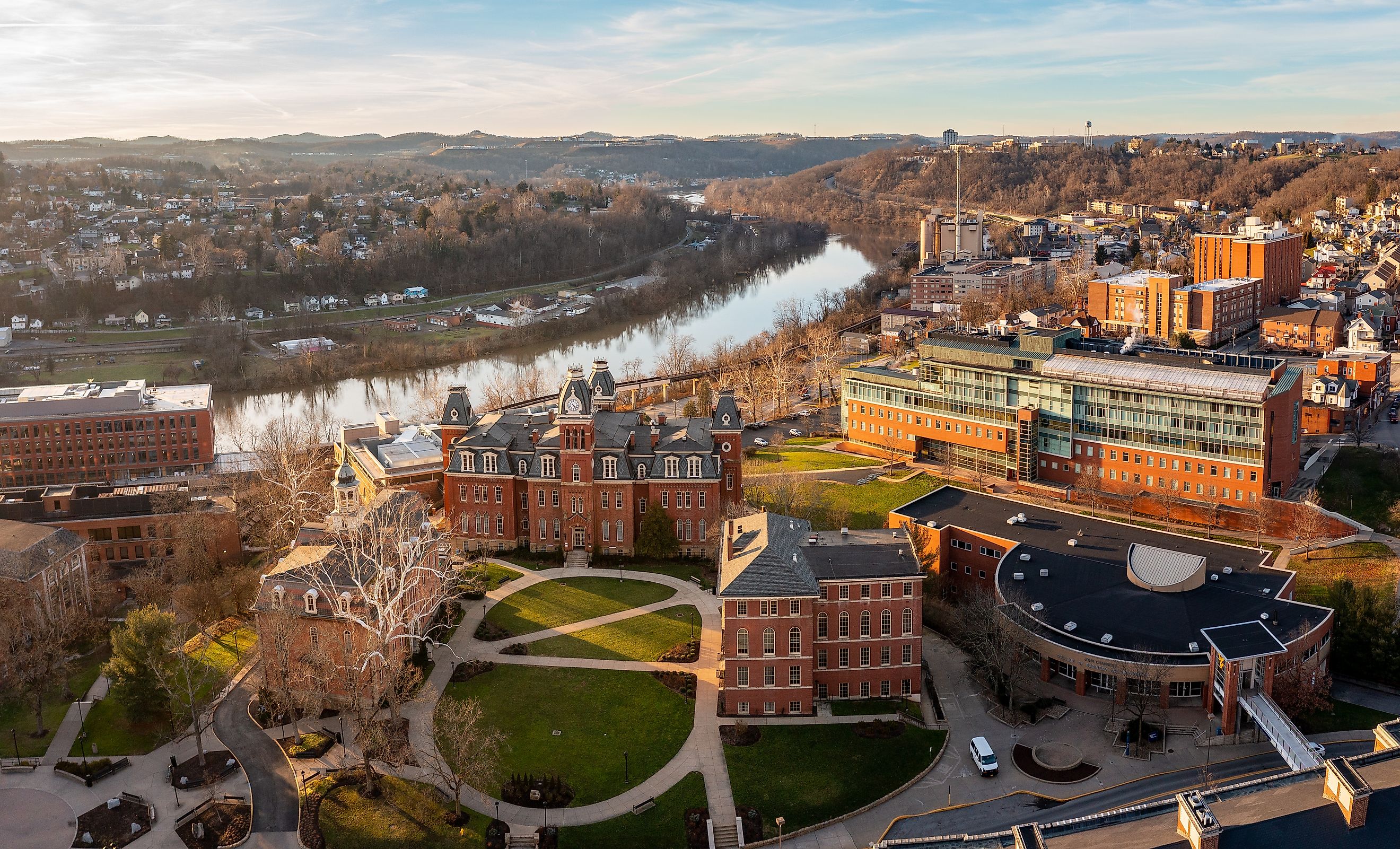
8 Of The Most Welcoming Towns In West Virginia
"Almost Heaven." "Wild and Wonderful." These slogans have long helped travelers imagine the charms of West Virginia, a state that sits between the Midwest and the US east coast. The state has long been a crossroads of commerce and culture, as this list shows. These days, the out-of-state tourist can get a notion of West Virginia's many pasts by visiting its diverse and welcoming small towns, from riverside, close-to-nature locations like Huntington and Barboursville to classic college towns like Morgantown and Fairmont. Both heavenly and a little wild, West Virginia's best features lie in its small towns.
Huntington

Huntington has 45,800 residents, making it the state's second-largest town after the state capital of Charleston. Huntington sits at the confluence of the Ohio River and Guyandotte River in the western foothills of the Appalachian Mountains and lies in the state's southwest, near the three-way border with Kentucky, Ohio, and West Virginia. While the town has seen a decline in population and industry since its heyday in the mid-20th century, it can still boast the second-busiest inland port in the United States, offering an all-business welcome to outside partners and visitors. The port remains a major source of commerce and tax revenue for its home state.
Huntington's location and history give it a unique mix of northern, southern, and midwestern cultural influences. This mix is stirred further by Marshall University, founded in 1837 and home to 10,600 students. The school welcomes in-state as well as international students, sharpening the town's profile as a place of welcome.
Ripley

Set between the Appalachian foothills and the Ohio River Valley, the town of Ripley, with 3,100 residents, is a creative, arts-focused village in western West Virginia. Most of the town sits north of Mill Creek and near its confluence with Sycamore Creek — the reason for the town's location since the year 1830. These days, artists gather in Ripley each year to share their work at the Mountain State Art and Craft Fair, as well as at other artisan gatherings. The biggest party comes every 4th of July, when Ripley hosts its celebrated Independence Day festival, said to be "America's largest small-town Independence Day celebration," according to local sources. In 2002, Ripley welcomed a visit and speech from then-president George W. Bush to its July Fourth festivities.
Elkins

Elkins, population 6,800, blends the best of the outdoors and the performing arts. Found in Randolph County near the state's northeastern panhandle and near three major ski resorts as well as the Monongahela National Forest, visitors can pursue best-in-state hiking, birding, hunting, and fishing. For those who love natural wonders and underground caves, the town has extensive cave networks available to visit. River lovers can shoot the rapids and test their nerves while rafting the nearby Tygart River. For food and a little culture after sundown, visitors can have dinner and take in live music and theater at the Boiler House Theatre at Davis and Elkins College, the Old Brick Playhouse, or the American Mountain Theater.
Davis
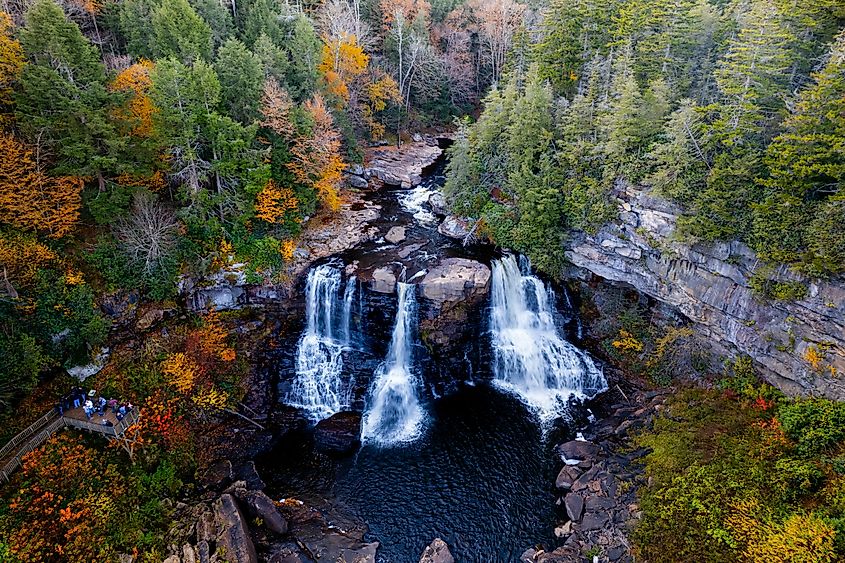
Davis, a great choice for someone seeking peace and natural beauty in West Virginia's panhandle, has just 600 residents. The logging and coal-mining town makes a great base for skiing and hiking, given its proximity to the Dolly Sods Wilderness area, the Canaan Valley ski resort and golf area, Blackwater Falls State Park, and the Little Canaan Valley Wildlife Refuge. Davis even has a craft beer scene, and visitors can grab a pint at Stumptown Ales or spirits at New Heritage Distilling. Popular Davis restaurants include Hellbender Burritos, Smokehouse at Blackwater, and Sirianni's for Italian cuisine. Despite its modest size, Davis still boasts a site on the National Register of Historic Places: the Herman August Meyer House, now a bed and breakfast, and named to the register in 2010.
Barboursville

Known locally as "the best little village in the state," Barboursville, population 4,400, provides the visitor with a big dose of small-town welcome. It sits on the banks of the Ohio River in southwest West Virginia, and like Huntington, it lies just across the river from Ohio. Barboursville Park offers facilities for team sports of various kinds, as well as grounds for equestrian and horse-related activities. Barboursville's green spaces include Beech Fork Lake and Beech Fork State Park, which are great places to go fishing and boating or just to spend time with family and friends. Among the town's historical sites, there remains today a pre-Civil War toll house, which helped regulate local commerce. Barboursville's downtown appears on the National Register of Historic Places.
Hinton

The town of Hinton, with 2,200 inhabitants, lies in rural southeast West Virginia and awaits the railroad enthusiast. The town partly owes its founding to the three-part confluence of the Greenbrier, Bluestone, and New Rivers. The Avis Overhead Bridge, a photogenic structure that stretches across the New River, is a landmark from the golden days of rail. Hinton's downtown sits, like Barboursville, on the National Register of Historic Places due to the town's former status as a stop on the Chesapeake and Ohio rail lines. History fans can take in the town's railroad museum or enjoy the diverse styles of architecture in the town's historic core, with examples of Classical Revival, Late Victorian, and American Four-Square constructions still standing today. Hinton also lies near the New River Gorge National Park. Named a national park in 2022, it is the newest park to be added to America's national protected natural areas.
Morgantown

Morgantown, population 30,300, is known as West Virginia's picture-perfect college town. Home to the West Virginia University (WVU), Morgantown, situated on the Monongahela River in north-central West Virginia, lies close to the border with Pennsylvania. WVU students may have a well-deserved reputation as hard partyers, but Morgantown welcomes visitors with one-of-a-kind West Virginia attractions. For active travelers, Morgantown's green spaces vary in size and style, from the Core Arboretum to the Hazel Ruby McQuain Riverfront Park. Cyclists will enjoy the Deckers Creek and Caperton Rail Trails, both of which have been re-fitted from former railroad beds and turned into recreational spaces. For culture, visitors should head to the Metropolitan Theatre and the Monongalia Arts Center, which takes its name from the surrounding county. The Morgantown History Museum describes the area's crucial role in the French and Indian War, a precursor to the American Revolution.
Fairmont
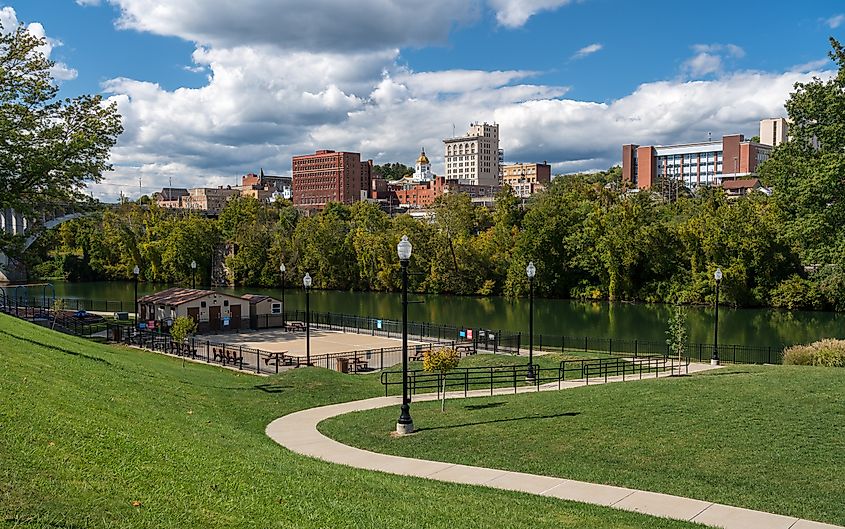
Situated 20 miles southwest of Morgantown, Fairmont, with 18,200 inhabitants, invites tourists for a break from the city. Lying along the Monongahela River, the town enjoys a picturesque riverfront setting, with outdoor options in abundance. Tygart Lake State Park and the West Virginia Botanic Gardens should interest flower lovers. Fairmont is home to Fairmont State University, making it another quaint college town for the tourist's see-and-do list.
For those who love history and a good snack, visitors should sample a pepperoni roll. A local innovation that was once popular in West Virginia's coal mines, the Italian-inspired dish reflects the state's historic patterns of immigration. Pricketts Fort State Park honors and educates about frontier life during and since America's revolutionary period.
The Takeaway
With so many points of interest, it is wonderful, but no wonder, that West Virginia gives the visitor as much as it does. Parks old and brand-new call out for the nature-loving tourist, while history buffs and college-town collectors can head to mid-size places like Huntington and Morgantown or smaller towns like Ripley and Davis. Whatever adventure a traveler wants to find, it is waiting for them in small-town West Virginia.
